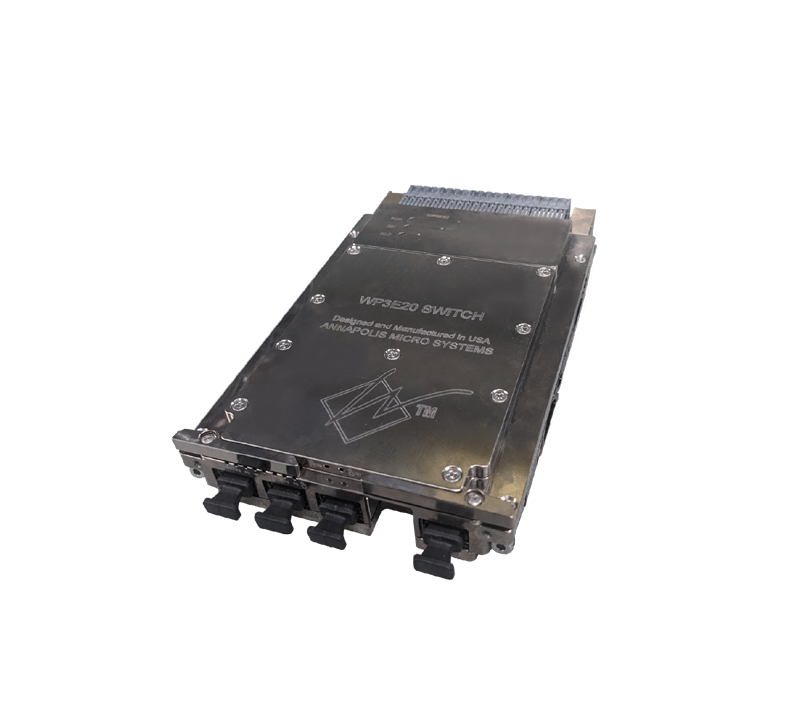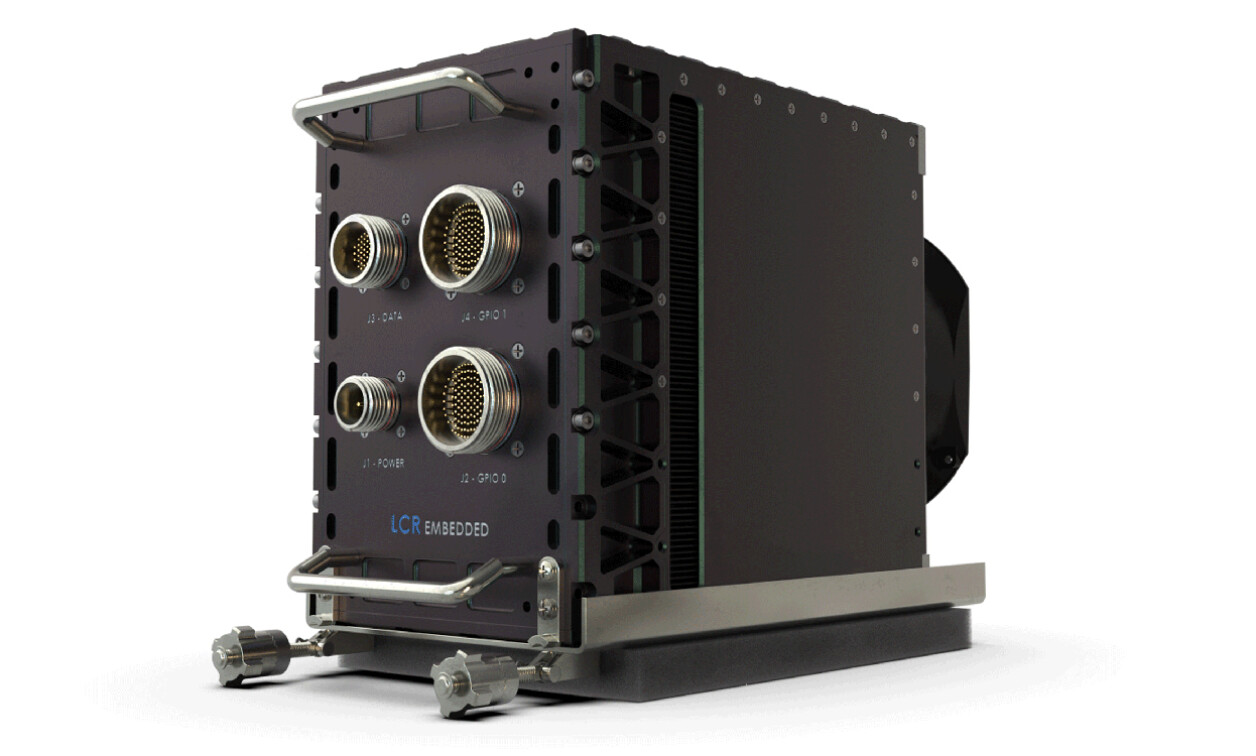Although they have been around for quite some time, Computers-On-Modules (COMs) have failed to live up to the standards for which they were originally targeted. Prior to the COMs concept coming on the market in the early 2000s, designs were backplane-based, as in the case of CompactPCI and VME, or completely custom, either of which sapped an enormous amount of time and money in initial design phases and in the upkeep of system functionality. Developed shortly after the computerization of deeply remote and embedded system parts, COMs were designed to provide a streamlined, cost-effective method of implementing embedded computing solutions with minimal effort on the part of the developer.
However, by 2002 COMs had quickly splintered into multiple variations without any type of standardization, thus negating the entire concept behind COMs: to provide modules that required less design and integration time and that provided an easy migration path for newer technologies. In fact, there are more than 50 variations of the concept currently available on the market. [Editor’s note: See www.smallformfactors.com/list]
One of the driving forces behind the resulting COM variations was that there really was no driving force. Blinded by the shortsighted notion of providing complete computers on a mezzanine card incorporating a standard CPU board and customization of the application-specific I/O executed on the carrier card, many companies failed to look long term and develop systems that designers could use in conjunction with one another.
So, although designers can customize 100 percent of COM electronics within a short amount of time ‚Äì since they only need to concern themselves with the carrier card and not the CPU ‚Äì the lack of a standardized COMs product set precludes embedded designers from fully realizing the flexibility and cost savings advantages of COMs as a concept. Now, however, VITA 59’s Rugged System-On-Module Express (RSE) is opening the door, standardizing COMs and arming them with the advanced ruggedization so vital in critical environments. The standard also aims to ensure compatibility with legacy and future application road maps.
What COMs do ‚Ķ and don’t do
Since development occurs on the carrier board only, COMs (also known as Systems-On-Module or SOMs) cut system costs significantly, while optimizing time-to-market. Typically, COMs are used in small form factors less than 3U and are ubiquitous today because of an anticipated decrease in development costs. COMs do not require the infrastructure of a carrier board or the complete system to operate; therefore, intelligent mezzanine modules including processor PMCs, XMCs, or AMCs that do require these components are not considered COMs.
Although COMs are widely used throughout embedded computing applications, only a very small portion of COMs products incorporate universal standards, and an even smaller number factors in modern serial communication structures.
In addition, although COMs offer a cost-effective means of developing dense package computer systems for use in specialized applications requiring high volume, low power consumption, and small physical size, they typically do not hold up well in terms of critical rugged criteria such as temperature, shock, or vibration. In harsh environments, COMs essentially become ineffective. Enter the ESMexpress-based VITA 59 concept, in VITA development since January 2008, which provides rugged specifications for harsh environment, mobile, and mission-critical applications such as airplane, ship, and train control; mobile test systems; mobile medical equipment; industrial control systems; and more.
A look inside VITA 59
As mentioned, VITA 59 offers designers the benefits of advanced ruggedization via advanced cooling techniques and other factors, along with road map compatibility and interoperability for legacy and future applications.
Ruggedization
ESMexpress, the technology behind VITA 59, addresses the shock, vibration, EMC requirements, and extreme temperatures typically found in rugged applications. In fact, the second draft of the spec, slated for review during this summer’s VSO meeting, specifies the following absolute minimum values:
- Shock: 15 g/11 ms (EN 60068-2-27)
- Bump: 10 g/16 ms (EN 60068-2-29)
- Vibration (sinusoidal): 1 g/10 Hz … 150 Hz (EN 60068-2-6)
Additionally, during the standard’s development, the fanless cooling concept that enables power dissipation of up to 35 W and defines both conduction and convection cooling was a primary focus. The populated PCB, with a size of a mere 85 mm by 115 mm, as shown in Figure 1, is mounted into a frame with a final size of only 95 mm by 125 mm and is completely enclosed in an aluminum housing, which provides the added benefit of 100 percent EMC protection. Hermetically sealed on all six sides, the carrier card even shields the board-to-board connectors to the PCB.
Mounting does not involve any extra effort: The protruding edges of the PCB are clipped into the frame, so no screws are needed. A gap filler evens out possible PCB tolerances, and the high pressure caused by the safe joints between the housing and PCB supports the thermal connection of the components. The protruding PCB edges transport heat to the frame and then to the housing cover. The frame also moves the heat of the carrier board to the housing cover. Figure 2 shows the layering of the frame and PCB to facilitate the advanced cooling of the ESMexpress concept behind VITA 59: RSE.
Resistance against shock and vibration is also key. For this, the module is not only fixed onto the carrier board using eight screws, but a connector specified for MIL and railway applications that supports differential signals up to 8 GHz (16 Gbps) is used.
Road map compatibility and interoperability
VITA 59: RSE also takes into consideration the road maps currently offered by many CPU manufacturers and the technological developments being sought by embedded designers. Therefore, the standard includes serial buses, not switched fabrics. Although the primary objective was to provide resistance to shock, vibration, EMC influences, and extreme temperature fluctuations, ESMexpress needed to support all current and future serial buses from PCI Express to Ethernet up to SATA and USB, since the embedded computing industry is moving away from switched fabrics in favor of serial technology. Accordingly, the electrical signals of ESMexpress are only defined for modern serial buses and are distributed on two 120-pin connectors with a fixed pin assignment and 0.5 mm pitch to guarantee complete interchangeability of ESMexpress modules. Legacy interfaces can also be implemented.
Processor independence, combined with an industry-standard Samtec Q-Strip connector rated for military and railway applications, makes the CPUs interchangeable and scalable as well as flexible in regard to integrating further individual I/O using IP cores in an FPGA. Similar to COM designs, the FPGA in ESMexpress is added to the carrier board where needed and is controlled over a fast PCI Express link, ensuring a future-proof system.
For PCI Express, there are four single lane ports (4 x1) and one port that can be configured as 1 x16, 1 x8, 2 x4, or 2 x1, suitable for the connection of external high-end graphics. If only one single-lane port is needed, one of the two 120-pin connectors can be omitted entirely. Three 1 GbE (also as 10 GbE), eight USB, three SATA, SDVO, LVDS, HD audio, several utility signals, and the single 12 V power supply round out the connection ports.
Standardized mechanical components, such as the frame and the heat sink, will be available on the market as standard products. It is also possible to use the module without a housing, depending on the application.
Further, ESMexpress is developed to be compatible with all standard operating systems such as Windows, Linux, VxWorks, QNX, INTEGRITY, and so on, as a critical factor in the standard’s sustainability. ESMexpress is also designed for compatibility with ANSI-VITA 30.1 and ANSI-VITA 46.
And finally, ESMexpress complies with the COM Express Basic Form Factor via an adapter board and has the five screw holes defined for COM Express, so ESMexpress modules can be used on COM Express carrier boards and vice versa. This is also an important factor in terms on interoperability and road maps, due to the number of systems that currently employ COM Express and could benefit from the added rugged attributes of VITA 59. With MEN Micro’s Intel Atom-based XM1 and the XM50, using Freescale’s MPC8548, the first two ESMexpress modules are now available on the market, offering designers proof of the operability of the new rugged COMs concept.
ESMexpress: Securing embedded systems
VITA 59: RSE will enable designers to adhere to their future and legacy compatibility road maps and to fully realize the benefits of the COMs concept; no other COMs concept states specific requirements for ruggedization, as does VITA 59. The standard continues to progress, with the first ballot round of its second draft anticipated in autumn 2008. CS
MEN Micro Inc.
215-542-9575
www.menmicro.com






